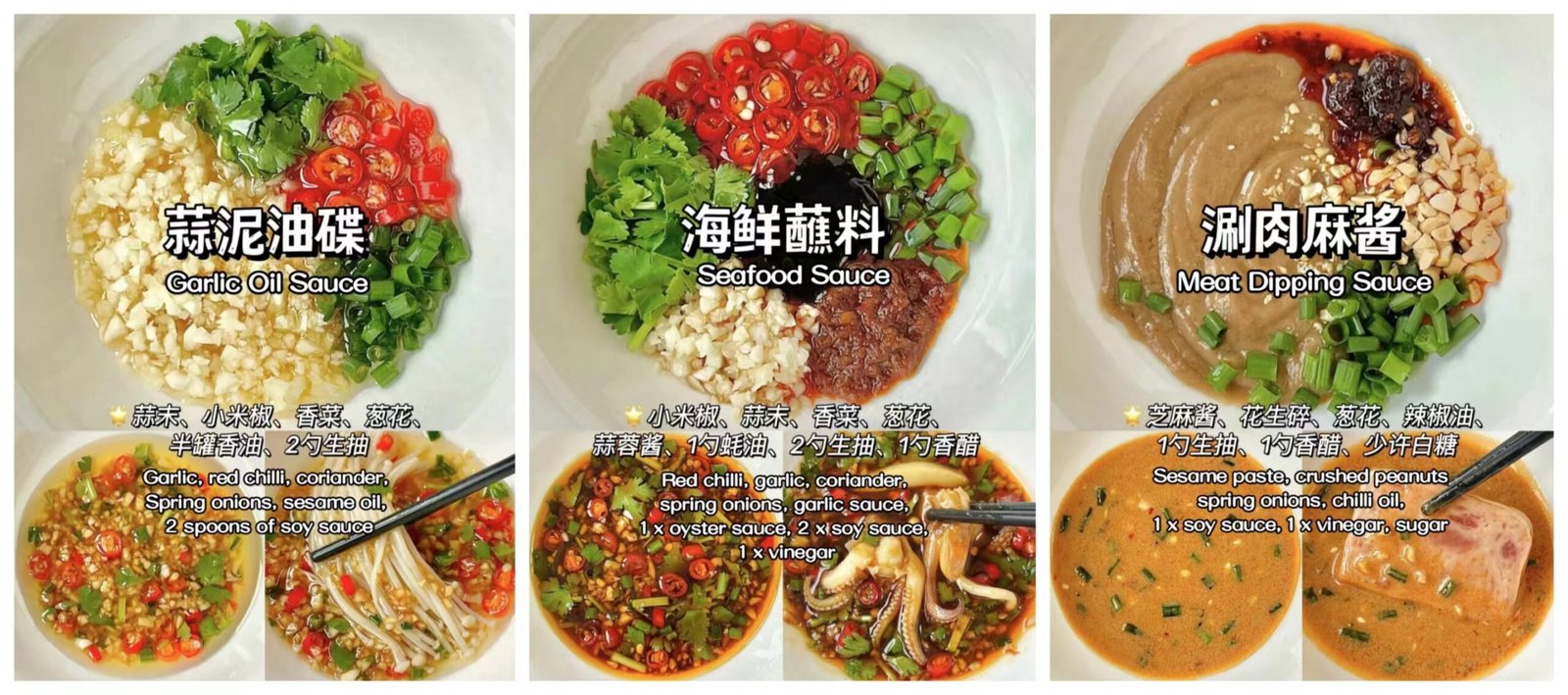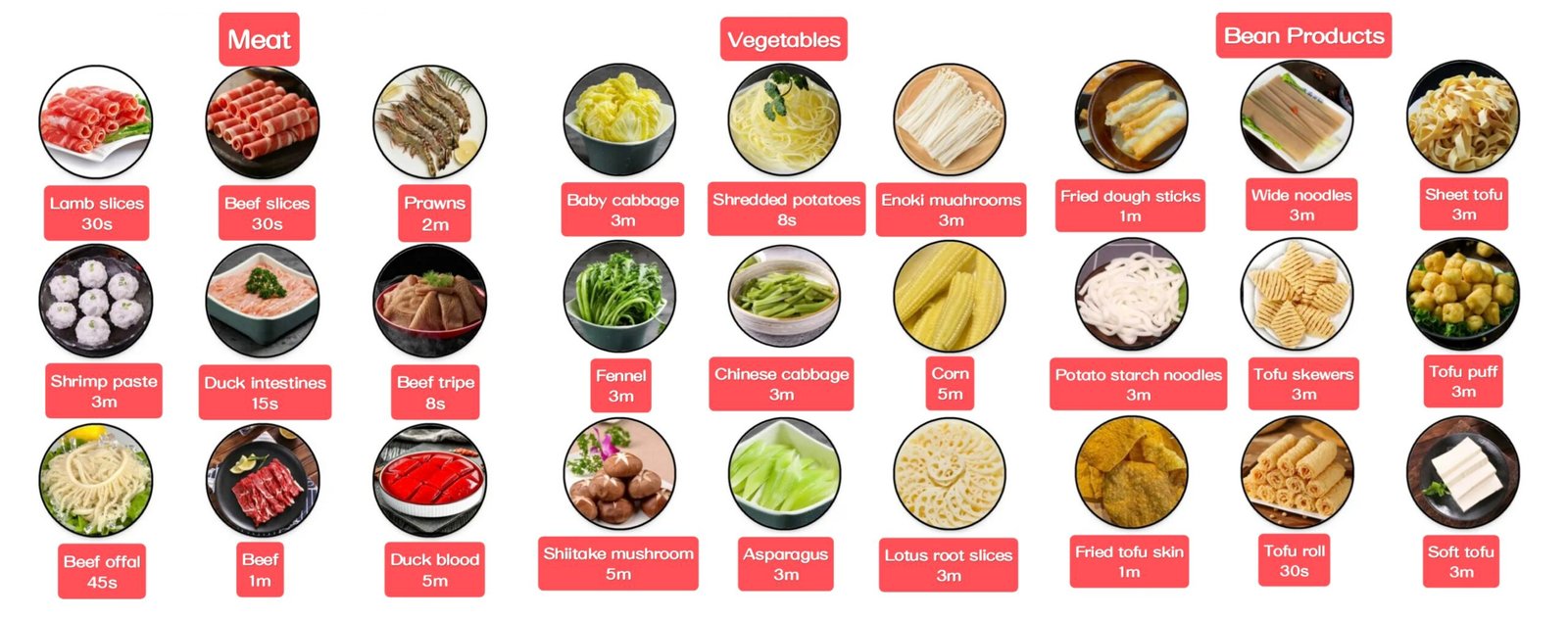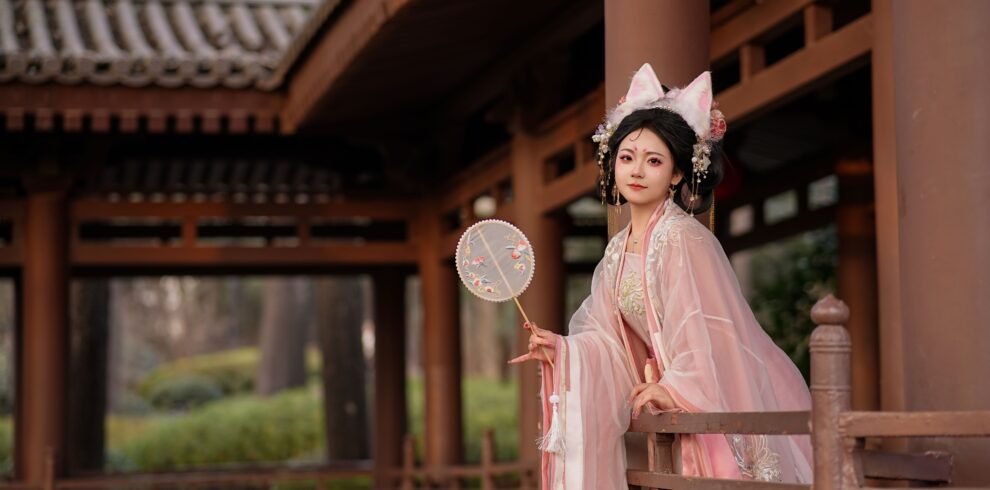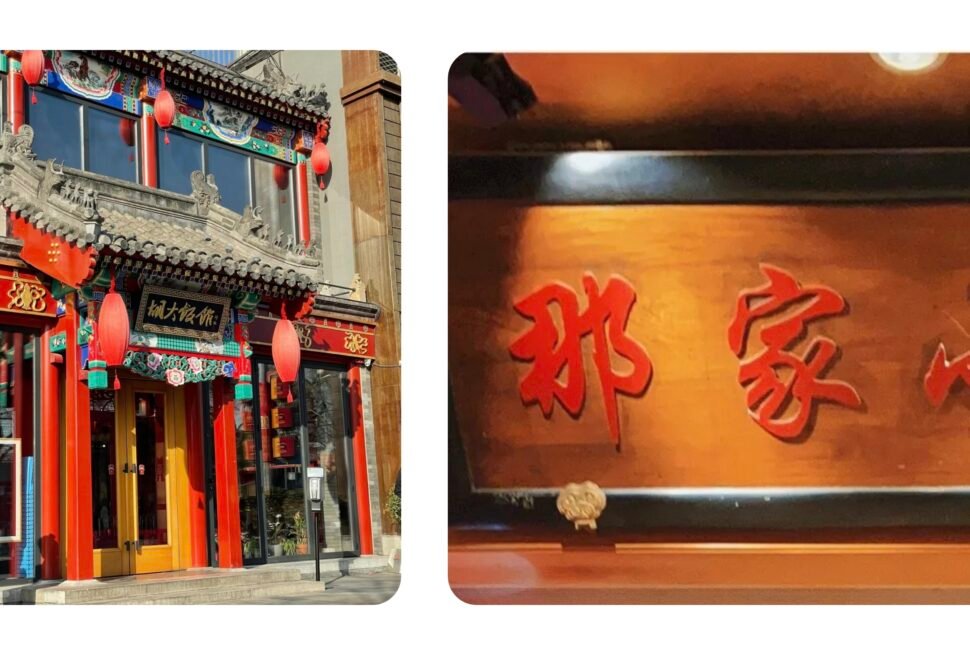If you mention your trip to Sichuan, locals will likely ask if you’ve tried hotpot. It’s a beloved tradition in the region, and no visit to Sichuan is complete without experiencing it. With hotpot restaurants dotting every corner of the city, you’ll find a range of options, but the quality can vary. To make the most of your hotpot adventure, here’s a guide to help you navigate this flavorful experience. To check more about Chinese Hopot, please see our Chinese Hotpot: More than Just Spicy. If you would like to learn about Sichuan Hotpot Re , feel free to check out this blog.
Understanding Sichuan Hotpot
Sichuan hotpot is famous for its bold flavors, rich in spice and oil, as well as the numbing sensation from Sichuan peppercorns. Consequently, this style of hotpot is not for the faint-hearted. Even seasoned Sichuan diners, therefore, can find the intensity challenging. If you’re new to hotpot, on the other hand, the experience might be overwhelming. Locals suggest eating a bowl of plain rice afterward to absorb the oil, or having some yogurt beforehand to prepare your digestive system.
Choosing the Right Hotpot Broth
When you order hotpot, you’ll choose a broth for cooking your ingredients. If you’re up for a spice challenge, the traditional oily spicy broth might be perfect for you. However, if you prefer something milder, opt for a non-spicy broth. Note that some broths like tomato, mushroom, or northern-style may not be available everywhere.
Half Spicy and Half Clear Broth – A Balanced Choice
A popular option is the half spicy and half clear broth, often presented in a divided pot or with separate pots. This option allows you to enjoy both spicy and mild flavors. If you’re hesitant about the heat but still want to experience traditional hotpot, request a “yuanyangguo” (鸳鸯锅) to balance both worlds.
Spicy Broth
For those who love spice, the Sichuan spicy broth is packed with Sichuan peppercorns, chilies, and red chili oil. You can usually choose your spice level: minimal spicy (weila 微辣), medium-spicy (zhongla 中辣), or maximum spice (chaola 超辣).
Non-Spicy Broths
- Tomato Hotpot: A tangy, slightly spicy tomato broth available at certain restaurants.
- Mushroom Hotpot: A mild broth made from mushroom stock, ideal for avoiding intense spice.
- Mongolian Hotpot: Another non-spicy option, made with lamb stock.

Selecting Raw Ingredients
After choosing your broth, it’s time to select ingredients to cook. Most hotpot restaurants offer a variety of meats, vegetables, tofu, and noodles. A good rule of thumb is to order three dishes per person. For a diverse selection, dining with a group of friends can enhance the experience.
Crafting Your Own Sauce
Each person at the table will choose a dipping sauce for their cooked ingredients. The most popular option is “youdie” (油碟), which consists of sesame oil with optional extras like oyster sauce, vinegar, garlic, spring onions, and coriander. This, in turn, complements the spicy and numbing flavors of hotpot. On the other hand, if adding more oil doesn’t appeal to you, consider trying “gandie” (干碟), a plate of dry seasonings such as ground peanuts, Sichuan peppercorns, and chili powder. Moreover, you can adjust the seasoning to your taste for a more personalized dipping experience.

Cooking Times and Techniques
Hotpot is a social cooking experience where everyone participates. Add raw ingredients to the pot and fish out cooked items as you go. It’s crucial to ensure that meats are fully cooked before eating. Ask your waiter if you’re unsure about cooking times. To avoid excessive oil and spice, take food from the middle of the pot where the bubbles push the oil aside.

Dealing with the ‘Empty’ Feeling
A common issue with hotpot is feeling unsatisfied despite eating a lot. Since rice isn’t typically served, and starchy foods are limited, you might still feel hungry. In Sichuan, locals often request rice at the end of the meal to absorb excess oil. You can also order “feibing” (飞饼), a type of roti-like bread, to complement your meal.
Experience Sichuan Hotpot with China Explorer Tour
For an authentic hotpot experience, consider joining a food tour with China Explorer Tour. Our tours offer a chance to visit local restaurants and savor genuine Sichuan hotpot.
Check out Your China Tours
Why Choose This Tour? Transformative Journey: A perfect blend of mindful retreat, cultural exploration, and spiritual rejuvenation. Exclusive Experience: Led…
Why Choose This Tour? Explore Xi'an most famous landmarks while embracing the elegance of traditional Chinese attire. This tour blends…
Why Choose This Tour? Explore Beijing’s most famous landmarks while embracing the elegance of traditional Chinese attire. This tour blends…
Experience the perfect blend of Chinese culture and spiritual serenity on this exclusive 3-day retreat to Wutai Mountain. Immerse yourself…
Why Choose This Tour? Exclusive Culinary Experience: Indulge in Yunnan’s famed “crossing-the-bridge rice noodles,” explore bustling food markets, and savor…












I gotta favorite this website it seems handy handy
Wow superb blog layout How long have you been blogging for you make blogging look easy The overall look of your site is magnificent as well as the content
Nice Article